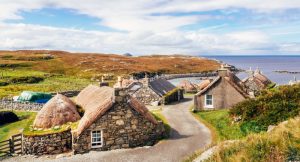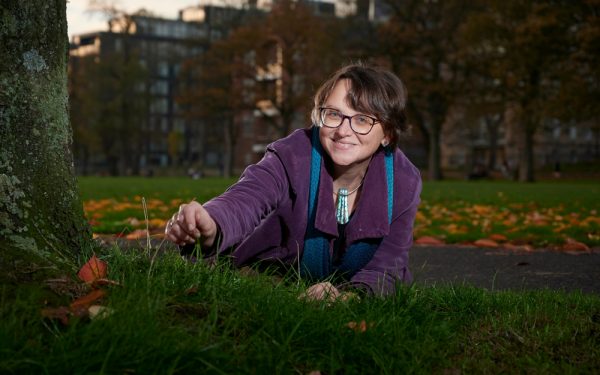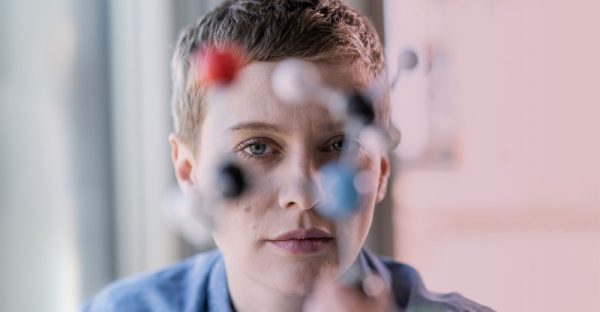
A team of researchers, building professionals and community bodies led by the University of Edinburgh’s Dr Tanja Romankiewicz has set out to preserve the heritage of turf building by doing, and making it a part of a net zero future
Buildings borrowed from the soil
People have been building with turf for thousands of years: from field walls and farmsteads to the Antonine Wall – the northern frontier of the Roman empire. Today turf buildings have fallen out of favour, carrying connotations of dirt, damp and the destruction of fertile topsoil, but Dr Romankiewicz’s archaeological research showed that prehistoric turf buildings were embedded in agricultural cycles, from growing and cutting turf to building, decaying, composting and regrowing. With a background in both architecture and conservation, Dr Romankiewicz has been able to translate this ancient concept back into tangible, modern practice in collaboration with industry and community partners, and in alignment with ICPCC and ICOMOS Cultural Heritage and Climate Change goals.

Imagining a greener future
The Grassroots projects led by Dr Romankiewicz combine four strands: demonstrating the feasibility of modern turf construction; training local communities and traditional builders in ancient crafts; assessing the sustainability of turf as a building material; and investigating ancient turfs as environmental archives. Two structures have been built and are already transforming in the landscape: a penannular turf bench has become a fluffy haven for butterflies, and a turf hut with modern doors and windows will have a crisp interior plaster finish, while appearing to be growing out of the slope behind. Meanwhile, first lab results have helped to reconstruct environmental changes related to ancient turf building.
The new structures form part of a research programme of strategic turf cutting, reseeding, biodiversity monitoring and accounting of carbon balances with natural and social capital gains. The research team hopes to not only give back what has been borrowed from the soil, but to return intangible profits such as increased carbon sequestration, increased biodiversity and zero waste, and an increase in relations – between people on site, the natural materials, and with the ancient past from where these ideas originated.
A community of changemakers
The Grassroots team has grown and developed, from first experiments with Daniel Postma, archaeologist and founder of Archaeo Build who is now leading the building and training on the ground, to a team of researchers from environmental and agricultural sciences, sustainable development and ecological accounting, as well as traditional builders, skills trainers, heritage managers and ecologists.
All of this is happening at the ecofarm at Comrie Croft, made possible by funding from UKRI’s Economic and Social Research Council, Historic Environment Scotland, as well as several grants from the University of Edinburgh. Edinburgh Innovations, the University’s commercialisation service, has supported the projects throughout.
Daniel Postma had come to HES with the idea of building a "heritage hut" to promote traditional vernacular craft skills. The connection with Dr Romankiewicz's research on how to match prehistoric circular economies onto the present has now added a positive climate action perspective to safeguarding ancient traditions. HES is glad to be a partner on this exciting project joining the past with the future."“
The Grassroots projects have given local communities and traditional builders the training to use this living material for their own building projects in a modern world affected by the climate crisis. Built using concepts borrowed from prehistory, with materials borrowed from the soil, these projects nevertheless have eyes set firmly on the future.
Edinburgh Innovations Future Proof campaign
The University of Edinburgh School of History, Classics and Archaeology website
Find out more about Daniel Postma's work and Archaeo Build
Header Image: Manel Vinuesa - stock.adobe.com

We make it easy to access the University of Edinburgh’s multi-disciplinary expertise by matching your needs to the latest research, new technologies and world-class facilities.